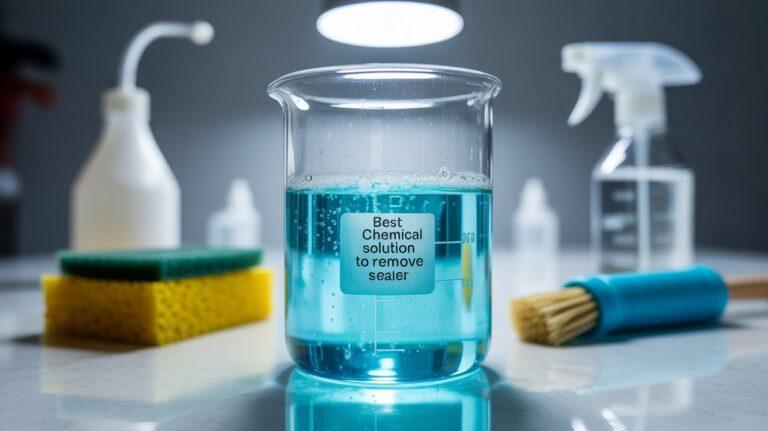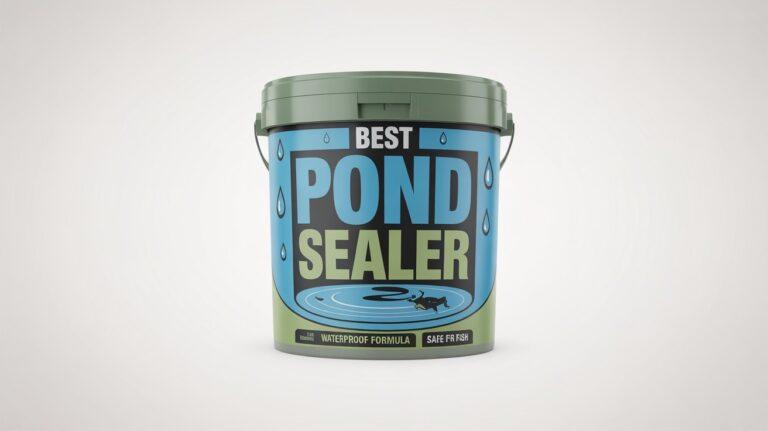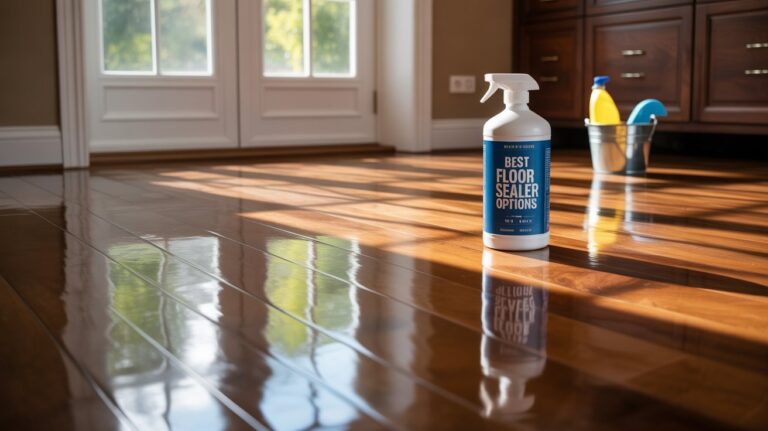Seal It for Good: How to Permanently Seal A Floor Drain
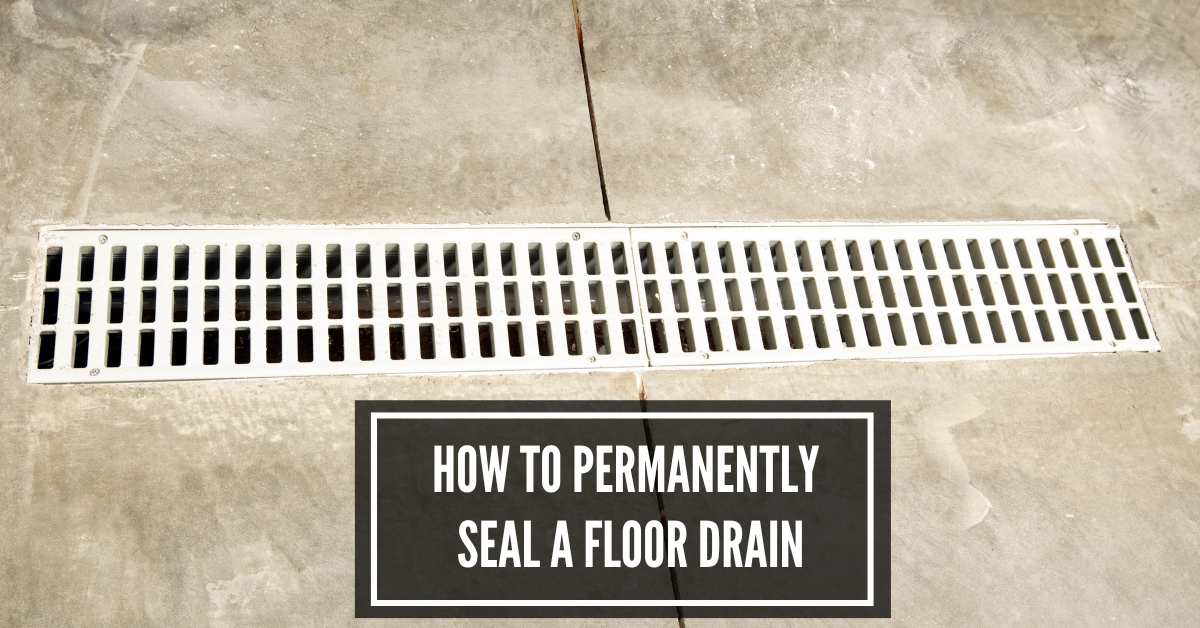
Does your basement have any floor drain? Does it remain unused for a long time? Or, you might be planning for a new construction project. In such a case, it is best to cover the floor drain forever to avoid unwanted bad smells or water backflow through the hole.
But how to permanently seal a floor drain? You can use various products to close a floor drain, such as forever test balls, twist plugs, pressure plugs, elastomers, polymer, bituminous waterproof sheeting, etc. I will give you a complete overview of this topic!
When You Need to Seal A Floor Drain Permanently?
Many household owners ask this question: can I cover a floor drain? Yes! You can but make sure the reason is specific.
Once you permanently seal a floor drain, it will be complicated to reuse the floor drain.
The following are the typical reason behind completely close a floor drain.
i) Unused Floor Drain
Does your basement floor drain remain unused for several years? You may have replaced it with an alternative drainage system.
Does a bad smell come from the floor drain sometimes? Or do you see any pests near the drain location?
The best decision is to permanently seal the drain to create a comfortable and safe environment.
ii) Changing The Room Structure
Are you thinking of renovating or remodeling your basement? If so, you might have already thought of changing the floor plan.
Creating a new floor surface requires first permanently sealing the floor drain. It removes the hassles of maintaining the drain.
iii) Water Coming Through the Hole
Is there any lake near your house? Or Is your main water line connected to another water source?
Water may come through the hole and potentially cause flooding or other water-related issues.
Permanently sealing the floor drain is necessary to avoid this problem in the future.
How To Permanently Seal A Floor Drain Step-by-step?
Will randomly keeping a cheap sealant on your floor drain give your floor drain permanent protection? Surely, NOT!
You want to use the right product in the right way at the right time. The followings are steps to seal a floor drain for years permanently.

Step: 01—Gathering All Important Items
The first important thing is gathering all the essential things for the DIY work.
So, what equipment and essentials will you need? You will need a drain sealing product, a wrench or pliers, a plumber’s putty or silicone caulk, and a fresh rag.
Make sure to turn off the nearby water faucet. Otherwise, the floor will fill up with water.
Step: 02—Cleaning the Floor Drain
The next task is cleaning the drain. Before permanently resealing the shower drain, make sure it is free from dirt and debris.
The top area of the floor drain must be free from water. Otherwise, it will affect the effectiveness of the water seal floor drain.
Sometimes, the water line might be clogged. It will prevent the water from passing to the following line. It is best to remove the clogging before permanently sealing the floor drain.
Then, use a sponge or cloth to clean the floor drain. Make it free from dirt, debris, and other water substances.
Step: 03—Taking Off the Removable Cover
Does your capping floor drain have an old cover? If so, you want to remove this removable cover or grate.
Household owners often use this type of floor drain for easier cleaning and maintenance.
Grab a wrench or pliers to unscrew it and lift it carefully.
However, if your floor doesn’t have any temporary sealing basement floor drain, you can skip this step.
Step: 04—Using Silicone Caulk Or Plumber’s Putty
The next task is using silicone caulk or plumber’s putty. They can create a perfect sealant by bonding well with the sink surface and preventing water or air passage.
This type of sealant can maintain a watertight seal for a prolonged period. It can prevent the transportation of water between the inner area and outer area of the floor sink.
But now the question is how to apply silicone caulk or plumber’s putty on a floor drain.
Roll the sealant into a ball or thin rope. Add a bit of pressure after placing the sealant around the edges of the drain opening.
Make sure to apply the adhesive to all the areas of the drain. Otherwise, it will cause leakage issues.
Step: 05—Adding A Hard Sealant
Here comes an essential task. You need to use the main sealant to seal the floor drain.
A wide range of products to seal a floor drain are available, such as forever test balls, twist plugs, pressure plugs, elastomer, polymer, bituminous waterproof sheeting, etc.
I recommend using elastomer, polymer, or bituminous waterproof sheeting. They can withstand high tensile forces and prevent punctures, indentations, and leakage.
One of my favorite products is Waterproof Rubber Sheet from the Rubber-Cal brand. It can keep the floor drain waterproof for decades.
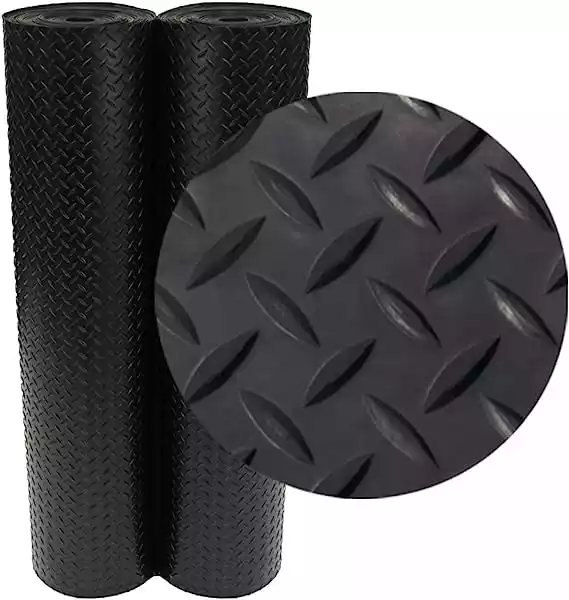
Now, you want to add the hard sealant around silicone caulk or plumber’s before it becomes dry.
Cut the rubber sealant ideally based on your floor drain dimension. Make sure the entire perimeter is covered. Let it dry properly for 2-3 hours.
Step: 06—Testing The Seal
The next task is testing the seal. You want to be 100% sure that water doesn’t come out or go inside.
Add a small amount on top of the floor drain. Look for any leakage signs.
Add silicone caulk or a plumber’s putty if you notice the water is still seeping through the rubber seal. This will ensure a better seal.
Step: 07—Testing the Seal
Once you think the seal is created perfectly, wipe away any excess putty or caulk around the drain using a rag or fabric.
Sealants are made of toxic chemicals. They may harm your children and pets. Dispose of the unused item in your dustbin immediately.
Is It Safe Permanently Seal A Floor Drain?
Floor drains mainly remove standing water from a floor surface. If you want to close the floor drain permanently, make sure to keep another alternative drainage system. Otherwise, various problems may arise. For instance, you need to remember to turn off your water faucet for hours.
Your entire basement floor has a pool of water. If there is no floor drain system, the water level will rise and create a flooding condition.
Another example can be water coming from an outside source. Unfortunately, the water doesn’t have a way to go out. In such a case, a floor drain could be a saver.
As long as you can ensure safety, sealing a floor drain permanently is safe. However, make sure your actions comply with local building codes and regulations.
FAQ’s
How Long Does It Take to Seal A Floor Drain Permanently?
The time can vary depending on the product, but it typically takes a few hours to a few days.
Should I Hire A Professional to Seal My Floor Drain?
Sealing a floor drain can be a DIY project for those with basic plumbing skills. However, if you are unsure about the process or encounter any complications, it is recommended to seek the assistance of a professional plumber to ensure the job is done correctly.
Is It Possible to Remove the Sealant If Needed?
Some sealants can be removed if necessary, but it might require special tools or professional assistance. It’s important to consider the permanence of the sealant before applying it.
Can I Still Use the Floor Drain After Sealing It?
Once a floor drain is sealed, it is typically no longer functional. Consider alternative drainage options if you still require drainage in the area.
Can I Seal A Floor Drain Myself?
Yes, sealing a floor drain is a relatively simple process that most homeowners can do themselves.
What Should I Do If the Sealant Doesn’t Hold?
If the sealant doesn’t hold, you may need to reapply it or consider using a different product.
Summing UP
Plumbing medications are generally for an extended period. Before making a decision, you must consider the consequences. I have already outlined how to permanently seal a floor drain. Make sure to follow the step-by-step guideline cautiously.
One of the important things is keeping an alternative drainage system. You can temporarily keep the floor drain off. When closing an old floor drain completely, you want to think twice. If you wish to reuse it in the future, it will be a difficult job.

I am Robert Sandin, a professional sealing expert with a diverse range of expertise. From concrete to various other materials, I possess in-depth knowledge and experience in the art of sealing. On my website, I offer valuable tips and expert recommendations on sealing techniques and products for different materials. Whether it’s concrete, wood, metal, or more, I am committed to providing you with the guidance you need for successful sealing projects.

